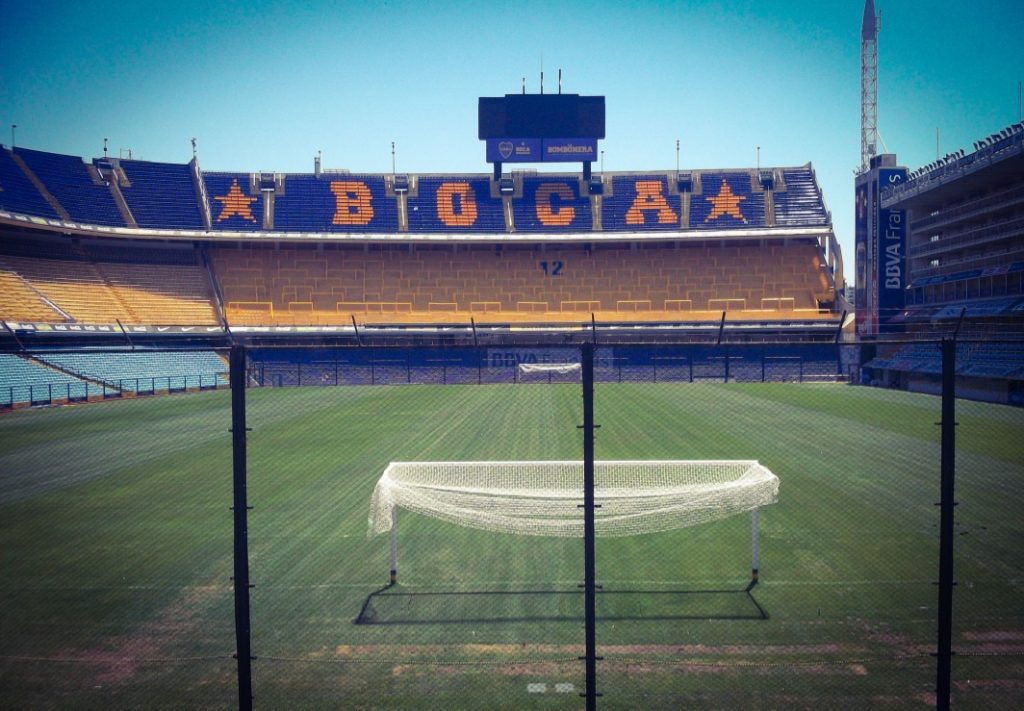Back on the 3rd day of April in the year of 1905, a group of Italian youngsters from Genoa met in Buenos Aires with the simple idea of forming a football team.
Filled with fervour, enthusiasm and a passion for football the boys agreed to establish a football team named after a local neighbourhood.
In time, this club becomes a South American phenomenon named Club Atlético Boca Juniors.
That group – Esteban Baglietto, Alfredo Scarpatti, Santiago Sana and Teodoro and Juan Antonio Ferenga – would leave the club with the legacy of being Los Xeneizes or the Genoese. The house where the original meeting took place was Esteban Baglietto’s with the project ultimately finalized in Plaza Solís; a place that today is recognized as the location where Boca Juniors was established.
The first match took place on April 21, 1905, when the team faced Club Mariano Moreno winning 4-0.
Much of the early football was played in white and blue kits (colors still used occasionally) but soon yellow and blue was chosen. This was thanks, it is said, to the colors of the Swedish flag which was flown from a boat that they saw approaching the capital city.
These days Boca contests derbies with many clubs from the wider metropolitan region of Buenos Aires but none come close to matching the often heated Superclasico match which is contested against River Plate.
Matchday at La Bombonera can be a tense, colourful and enthusiastic affair.
Rival players and fans can be mercilessly mocked from high up on the steep stands yet Boca themselves are universally hated by rival teams. Many opposing fans in Argentina refer to the Boca fans as Los Bosteros (the manure handlers), originating from the horse manure used in the brick factory which occupied the ground where the La Bombonera stands.
Originally an insult used by rivals, Boca fans are now said to be proud of the insult.
From the stands, a unique brand of support is offered to the home side.
The Estadio Alberto J. Armando is more widely known as La Bombonera.
The unusual shape of the stadium has led to it having excellent acoustics with the Boca support being nicknamed “La Doce” – The 12th man.
Out of a capacity of 49,000, there are 37,538 seats.
One stand allows 2,780 most of which encompasses an unusual in appearance VIP boxed area where Maradona could often be seen swinging a shirt.
8,682 fans are able to fit into second tier standing areas behind each goal.
Both the interior and exterior of the stadium is lined with a number of painted murals which depict many of the club’s legendary players and aspects of the district’s and clubs Italian origins.
This is a unique place one filled with a passion and an atmosphere unmatched anywhere in the world.






















